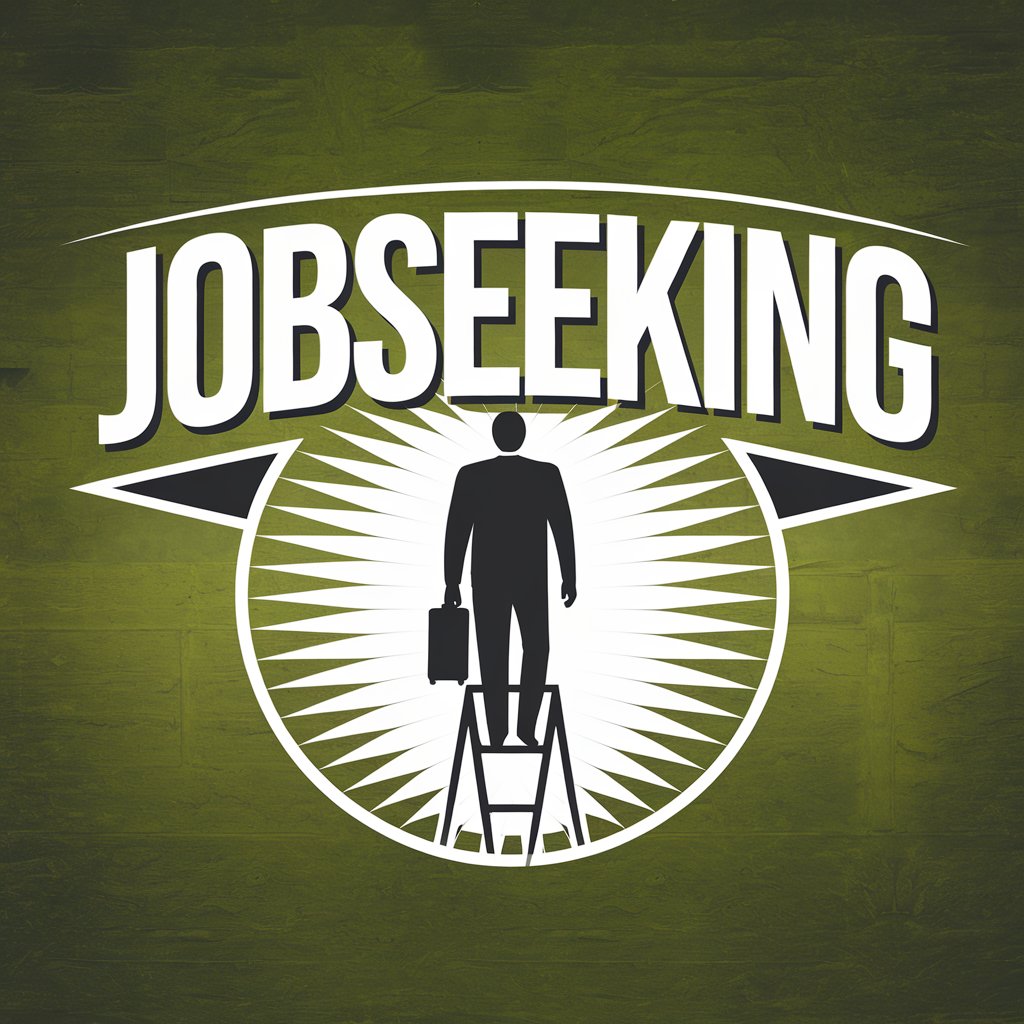CV/Resume Best Practices
When it comes to job hunting, your CV, or resume, is often your first impression. It’s a critical tool that can heavily influence your chances of landing an interview. Here are some of the best practices to help you create a CV that truly stands out to employers.
Understanding the Purpose of a CV
Before we dive into the specifics, it’s critical to understand the purpose of a CV. It’s not merely a document listing your work history and education; it’s a powerful marketing tool designed to showcase your skills, experience, and achievements in a way that convinces employers you’re the perfect candidate for the job.
Think of your CV as a concise and persuasive story about your professional journey. It should highlight your unique value proposition and how your qualifications align with the specific requirements of the job you’re applying for.
Key Sections of a CV/Resume
A well-structured CV typically includes the following sections:
- Contact Information: This section should include your full name, phone number, email address, and location (city and state). Ensure your email address is professional. For example, “partyanimal2000@email.com” might not be the best choice. You can also include a link to your online portfolio or professional social media profile, such as LinkedIn.
- Summary/Objective: A brief overview of your key skills and experience, or a statement of your career objective. This section should be tailored to each job application. As an alternative to a traditional objective statement, consider using a “career snapshot,” a brief summary that highlights your unique value and qualifications.
- Work Experience: A detailed account of your work history, presented in reverse chronological order (most recent first). Include your job title, company name, dates of employment, and a concise description of your responsibilities and achievements. When describing your experience, go beyond simply listing your duties. Instead, quantify your achievements with numbers, percentages, or specific examples of how you added value to the company. For example, instead of saying “managed a team,” you could say “managed a team of 10, exceeding sales targets by 15%.” It’s also important to address any gaps in your employment history. Explain these gaps honestly and positively, highlighting any skills or experiences you gained during those periods.
- Education: List your degrees, certifications, and relevant coursework in reverse chronological order. Include the name of the institution, dates of attendance, and any honors or awards received.
- Skills: Highlight both hard skills (technical abilities) and soft skills (interpersonal and transferable skills) relevant to the job.
Optional Sections:
Depending on your experience and the specific job requirements, you may also include sections such as:
- Hobbies and Interests: If relevant to the job or if you have limited work experience, this section can provide insights into your personality and transferable skills. For example, if you’re applying for a marketing role and have a blog or actively participate in online communities, this demonstrates your communication and social media skills. This section can also help you establish rapport with the interviewer by showcasing your interests and passions.
- Languages: If you’re proficient in any foreign languages, list them and indicate your level of fluency.
- Certifications: Include any relevant certifications or professional development training you’ve completed.
- Publications: If you have any publications, such as articles or research papers, list them with proper citations.
- Volunteer Experience: Include any volunteer work that demonstrates relevant skills or experience.
- Projects: If you’ve worked on any personal or academic projects that showcase your skills, include them with a brief description.
Formatting Your CV
A well-formatted CV is crucial for making a positive first impression. Here are some key formatting tips:
- Keep it Concise: Aim for a one to two-page CV, unless you have extensive experience that warrants a longer document. Usually, most CVs can effectively convey a candidate’s qualifications within two pages.
- Use a Clear Font: Choose a professional and easy-to-read font like Arial, Calibri, or Times New Roman in a size between 10 and 12 points. Avoid unprofessional or overly decorative fonts, as they can make your CV appear unprofessional.
- Use Headings and Bullet Points: Break up the text with clear headings and bullet points to improve readability and make it easier for recruiters to scan your CV.
- Use White Space: Ensure there’s enough white space around the text to make it look less cluttered and more visually appealing.
- Save as a PDF: Unless otherwise specified, save your CV as a PDF to ensure the formatting remains consistent across different devices.
- Use a Professional File Name: When saving your CV, use a professional file name that includes your name. For example, “JohnDoeCV.pdf” is much better than “CVdraft2.pdf.”
- List Items in Reverse Chronological Order: Present your work experience and education in reverse chronological order, starting with your most recent role or degree. This allows recruiters to quickly see your career progression and most recent achievements.
Choosing the Right CV Format
There are three main CV formats to choose from: chronological, functional, and combination.
- Chronological: This is the most common format and focuses on your work experience in reverse chronological order. It’s a good choice if you have a strong and consistent work history.
- Functional: This format emphasizes your skills and abilities rather than your work history. It’s a good option if you have gaps in your employment or are changing careers.
- Combination: This format combines elements of both chronological and functional formats. It’s a good choice if you want to highlight both your skills and your work experience.
The chronological format is often the most effective, as it clearly presents your career progression and allows recruiters to quickly see your most recent roles and achievements. However, the best format for you will depend on your individual circumstances and the specific job you’re applying for.
Tailoring Your CV to a Specific Job
One of the most important best practices is tailoring your CV to each job application. This means carefully reviewing the job description and highlighting the skills, experience, and achievements that are most relevant to the specific role.
Here’s how to tailor your CV:
- Analyze the Job Description: Identify the key skills, qualifications, and experience required for the role.
- Match Your Experience: Focus on the aspects of your work history that align with the job description.
- Highlight Relevant Skills: Prioritize the skills that are most important for the job.
- Customize Your Summary/Objective: Tailor this section to reflect how your qualifications match the specific needs of the role.
- Optimize for ATS: Many employers use Applicant Tracking Systems (ATS) to filter applications. These systems often scan for specific keywords, formatting, and file types. To make your CV ATS-friendly, use keywords from the job description, use a simple and clear format, and save your CV as a PDF or Word document.
- Align Your LinkedIn Profile: Ensure your LinkedIn profile is consistent with the information on your CV. Update your LinkedIn profile to reflect the same keywords, skills, and experience you’ve highlighted in your CV.
Writing a Compelling Summary/Objective
Your CV summary or objective is a critical component of your application. It’s often the first thing recruiters read, so it needs to be engaging and informative.
Here’s how to write a compelling summary/objective:
- Keep it Concise: Aim for a brief paragraph of 2-5 sentences.
- Highlight Key Qualifications: Focus on your most relevant skills, experience, and achievements.
- Tailor it to the Job: Customize your summary/objective to match the specific requirements of the role.
- Use Keywords: Incorporate relevant keywords from the job description to make your summary/objective stand out to both human readers and ATS.
Using Keywords and Action Verbs
Keywords and action verbs are essential for making your CV stand out, both to human readers and to Applicant Tracking Systems (ATS) used by many employers to filter applications.
- Keywords: These are specific words or phrases that describe the skills, qualifications, and experience required for the job. Incorporate relevant keywords from the job description throughout your CV.
- Action Verbs: Use strong action verbs to describe your accomplishments and responsibilities. Instead of saying “responsible for,” use verbs like “managed,” “developed,” “implemented,” or “achieved.” When describing your skills and accomplishments in your work experience section, use action verbs to make your statements more concise and impactful. For example, instead of saying “responsible for managing a budget,” you could say “managed a budget of $1 million, reducing costs by 10%.”
- Avoid Clichés and Jargon: While keywords are important, avoid overusing clichés or jargon. Instead, use specific examples and quantifiable results to demonstrate your skills and experience.
Common Mistakes to Avoid
Here are some common mistakes to avoid when creating your CV:
- Typos and Grammatical Errors: Proofread your CV carefully to ensure it’s free of any errors. Even a small typo can make you appear careless and unprofessional.
- Poor Formatting: Use a clear and consistent format to make your CV easy to read. Avoid unprofessional fonts, cluttered layouts, and inconsistent formatting.
- Irrelevant Information: Include only information that’s relevant to the job you’re applying for. Don’t include outdated or irrelevant information, such as your high school GPA if you have a college degree.
- Exaggerating or Lying: Be honest and accurate in your CV. Misrepresenting your qualifications can damage your credibility and jeopardize your chances of getting the job.
- Generic CV: Tailor your CV to each job application21. A generic CV shows a lack of effort and interest in the specific role.
- Including References: Unless specifically requested, don’t include references on your CV. This information can be provided later in the hiring process.
Conclusion
Creating a strong CV takes time and effort, but it’s a worthwhile investment in your career. By following these best practices, you can create a CV that effectively showcases your qualifications and helps you land your dream job. Remember to always proofread carefully, tailor your CV to each job application, and use keywords and action verbs to make your CV stand out. With a well-crafted CV, you’ll be well on your way to making a positive impression on potential employers and securing that all-important interview.

